During any given shopping trip, consumers can be exposed to thousands of products on the shelf. As you can imagine, this often triggers intense decision fatigue, described as the “feeling of being too tired to make choices and wanting, instead, to opt for the familiar.” While Consumer Packaged Goods (CPG) companies have already become successful in developing heuristics through traditional packaging and design, there’s an on-pack factor that’s become ever more popular: third-party certifications and labels.
It’s also been observed that consumer decisions are now being tied to their intrinsic values. According to a recent study from Business Insider, 47 percent of shoppers have recently ditched products that had violated their personal values. Even more interesting is that, “69 percent of millennials say that they specifically look into claims of sustainability and eco-friendliness when considering their potential purchases.” Given these results, it’s not surprising that third-party certifications and labels are being used to communicate a brand’s values to alleviate the aforementioned decision fatigue.
However, tensions often arise in the stage of certification and label selection. It’s difficult to identify which will be the most effective in terms of purchase intent among the brand’s target market. Additionally, deciding to move forward with a third-party certification or label requires not only a monetary investment but also a time investment. One well-known accreditation is the B-Corp Certification and on-pack label.
In speaking about his experience, the CEO of Arowana said “B Corp accreditation was much harder and took far longer than anticipated. This was partly because we have multiple businesses across four continents, but also because the assessment process is rigorous.” He also mentioned that the assessment took 15 months to complete.
Furthermore, a certification can cost a CPG anywhere from $1,000 to $50,000 followed by incremental year-over-year costs to renew.
Yet, there is data to prove the effort’s worth and return on brand equity. Sustainability-marketed products grew 5.6 times faster than products marketed conventionally last year. As a result, retailers such as Target, Walmart, and Walgreens are prioritizing shelf space for products with sustainable product certifications. Below are specific requests that Walmart has initiated among its suppliers to demonstrate this commitment.

While Walmart is tracking supplier progress, other retailers are firmly rejecting shelf space for brands that do not yet have certain certifications and on-pack labels. For example, Whole Foods requires that suppliers comply with the USDA standard. Additionally, suppliers must confirm that Non-GMO label claims have been verified by a third-party.
While these accreditations deem themselves imperative for retailer consideration, stakeholders inside of CPGs often question the effectiveness of such commitments with regard to purchase intent. Sustainability teams have been quoted wondering whether consumers would even understand the meaning behind these certifications. Marketers, on the other hand, often seek to analyze which of these on-pack labels could enable their brand to increase velocity as well as market share.
Both of these stakeholder views certainly beg the question of which third-party certifications and labels are most recognized among the average consumer. More importantly, if recognized, does the certification and label increase purchase intent?
With over 460 third-party certifications and labels on the shelf today, there are numerous factors to consider in deciding which is best for any one brand. The following study aims to alleviate these described blind spots leveraging responses from over 500 nationwide consumers.
Wiser Solutions included the following third-party certifications and on-pack labels in a survey sent to its database of smartphone-enabled shoppers.
USDA Organic
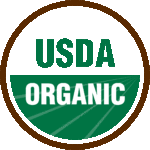
According to the USDA Organic website, “USDA certified organic foods are grown and processed according to federal guidelines addressing, among many factors, soil quality, animal raising practices, pest and weed control, and use of additives. Organic producers rely on natural substances and physical, mechanical, or biologically based farming methods to the fullest extent possible.
Fair Trade
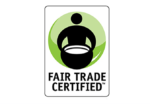
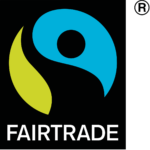
According to Fair Trade, the certification means that the people making Fair Trade Certified goods work in safe conditions, protect the environment, build sustainable livelihoods and earn additional money to empower and uplift their communities.
Cruelty Free and Vegan
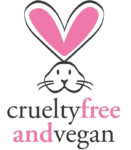
According to the Cruelty Free & Vegan website, this label means that the company and its ingredient suppliers do not conduct, commission, or pay for any tests on animal ingredients or by-products in the manufacturing process, and no testing is allowed on animals by any company or independent contractor.
Rainforest Alliance
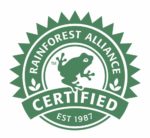
According to the Rainforest Alliance Certified website, this seal means that the certified product or ingredient was produced using methods that support the three pillars of sustainability: social, economic, and environmental. Their certification programs emphasize a commitment to continuous improvement, sustainability training, and clear benefits for farmers.
TerraCycle
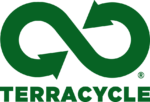
According to TerraCycle, this label means that they have a national recycling program in place where you can recycle the product either by mail or at a TerraCycle drop-off location (whether or not the city that you are in recycles that product).
Certified B Corp
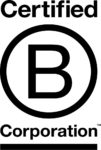
According to B Corporation, Certified B Corporations are businesses that meet the highest standards of verified social and environmental performance, public transparency, and legal accountability to balance profit and purpose. B Corps are accelerating a global culture shift to redefine success in business and build a more inclusive and sustainable economy.
Cradle to Cradle

According to Cradle to Cradle, “The purpose of the Cradle to Cradle design product certification program is to improve the way we make, use, and re-use things, with a goal to leave a beneficial footprint for human society and the environment. The aim is to set a positive course for product and process design and development in a way that will allow natural and technical systems, products, and processes to support the diverse living population on earth. Cradle to Cradle design mirrors the healthy, regenerative productivity of nature.”
Effectiveness of Third-Party Certification and Labels on Consumers
Through a series of questions answered by survey respondents, Wiser was able to gain the answers to these key questions:
- Which of these certifications is the most “well-known” by consumers?
- Which certification is most likely to increase purchase intent among consumers?
- Which demographics are most likely to purchase a product with a certification logo?
- How does logo recognition vary across demographics?
Here’s what Wiser found.
The Most Recognized Certification
USDA Organic proves to be the most familiar certification with almost 80 percent of respondents recognizing the label. The least recognized labels are TerraCycle, Certified B-Corp and Cradle to Cradle.
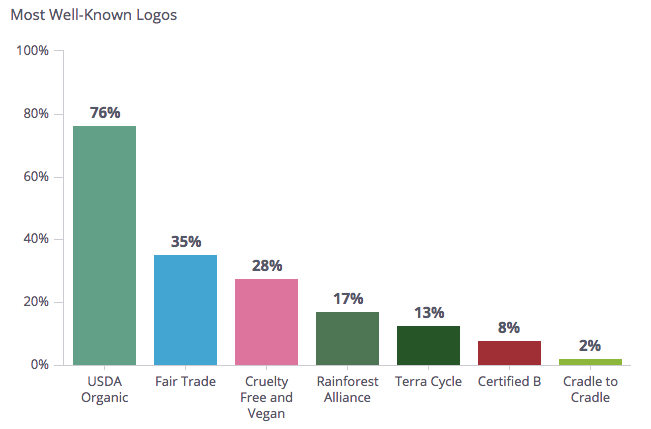
Certifications Most Likely to Influence Purchase
The most influential labels for purchase include USDA Organic, Fair Trade Certified, and Rainforest Alliance. Certified B-Corp identifies as the certification label that is least influential in terms of purchase intent.
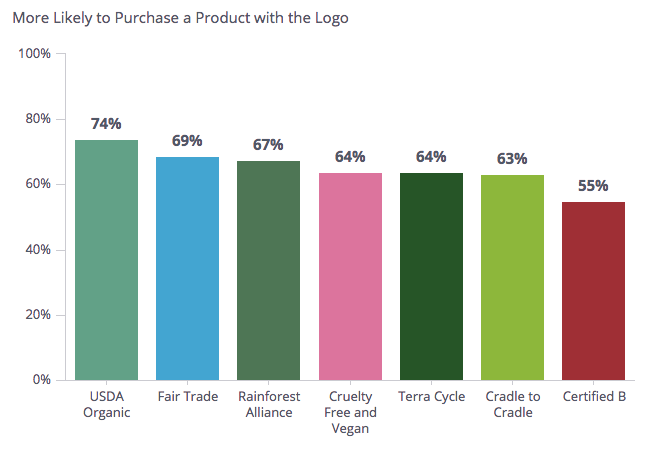
Demographic Most Influenced by Certification Label
The demographic segment most influenced by certification labels is young women aged 16-35. Men of age 55-plus follow with a close second.

It’s also worth noting that women are more influenced by product certifications than men.
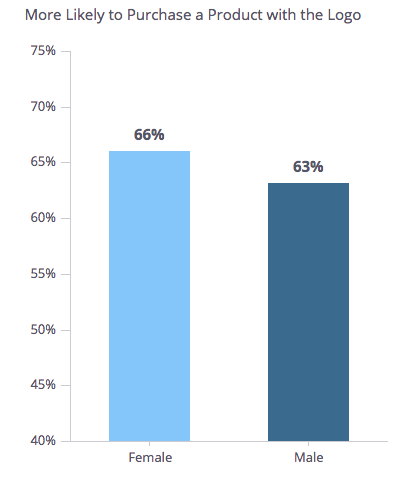
Certification Recognition Variance Among Demographics
The Cruelty Free and Vegan certification label is recognized 2.5 times more frequently by women. This could perhaps be related to the frequent use of cosmetics.

The B-Corp Certification label is recognized by people aged 16-35 almost two times more frequently than people aged 36-54.
It’s also worth noting that older people are more aware of the TerraCycle label than younger respondents.
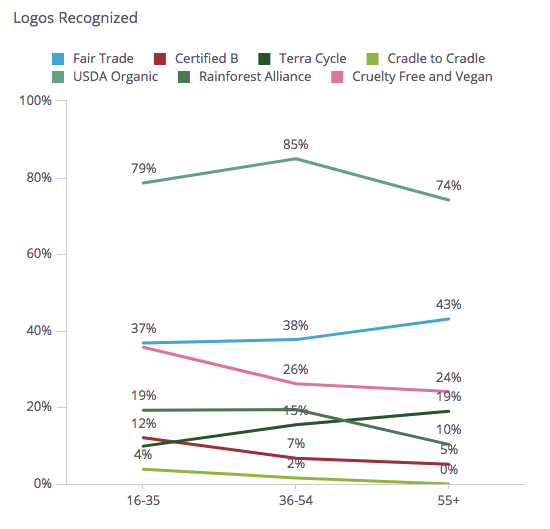
Key Takeaways for Brands (and Retailers)
- Products with USDA Organic, Fair Trade Certified, and Rainforest Alliance certification labels are more likely to be purchased than products without these labels.
- Brands with a vast target market should invest in these certifications if they have not done so already.
- Retailers should allocate shelf space specifically for products with these certifications if they have not done so already. Results demonstrate that these labels may increase velocity and appease mission-minded consumers.
- If a brand’s target market is largely represented by females aged 16-35, it may be worth pursuing certifications such as Cruelty Free and Vegan, Fair Trade Certified, and USDA Organic, if not pursued already.
- Brands should be wary of investing in the Cradle to Cradle certification on the basis of purchase intent alone, considering it is the least recognized among consumers.














